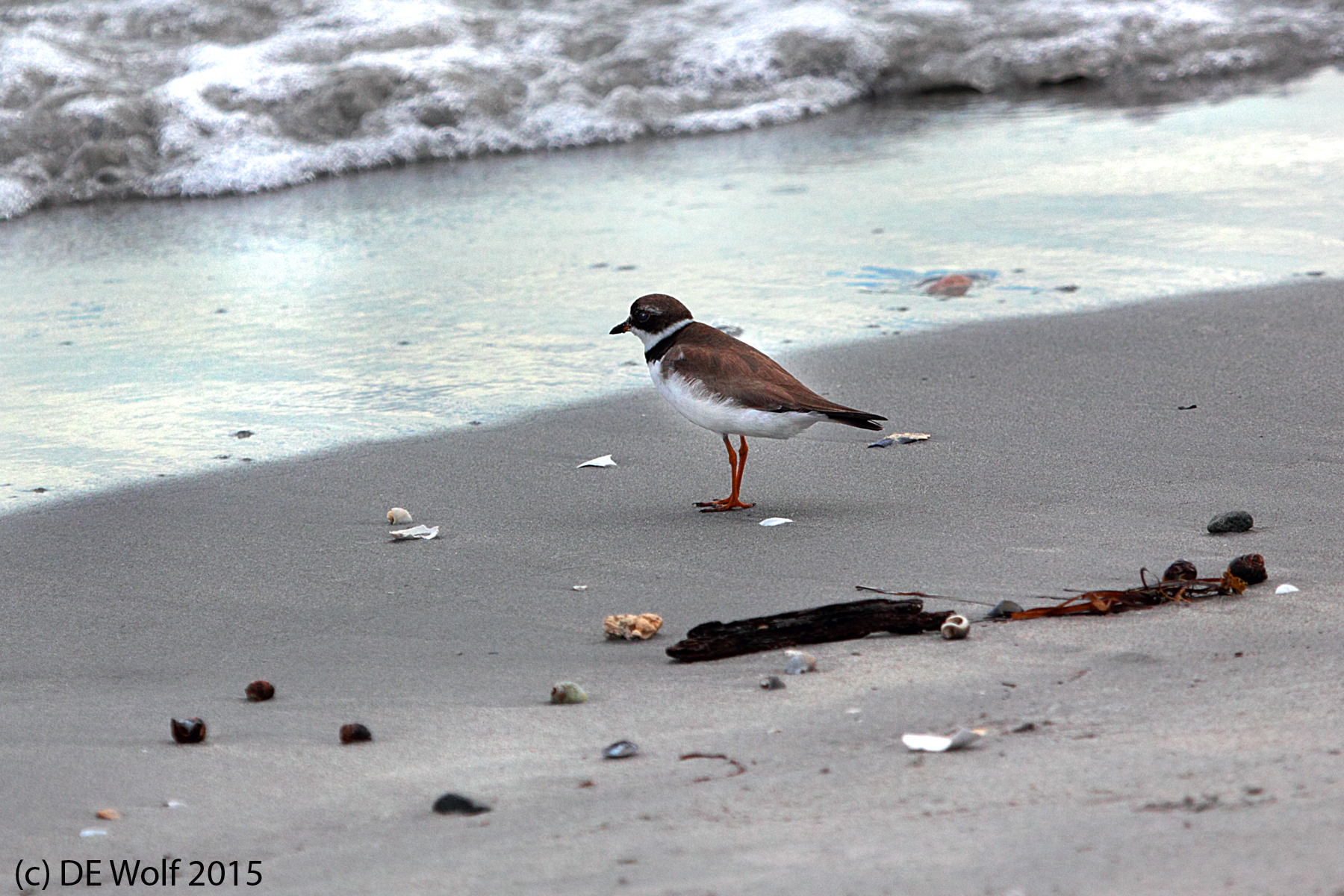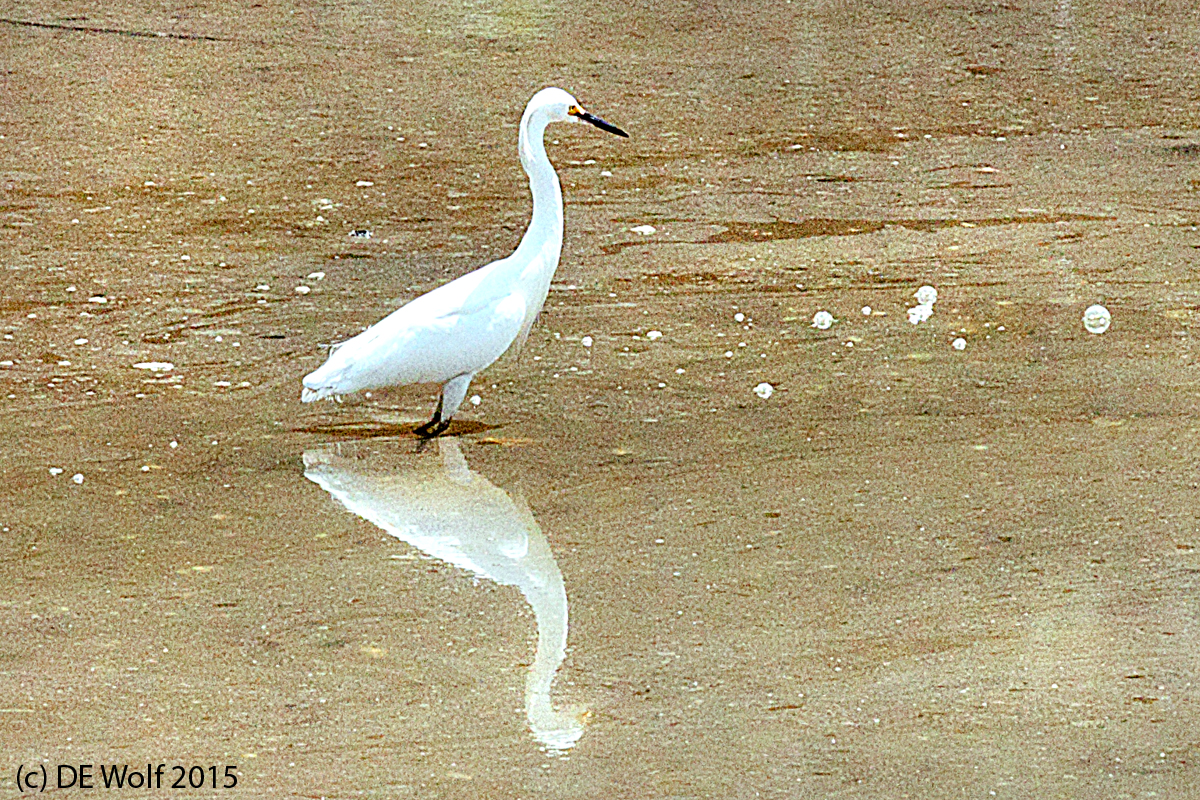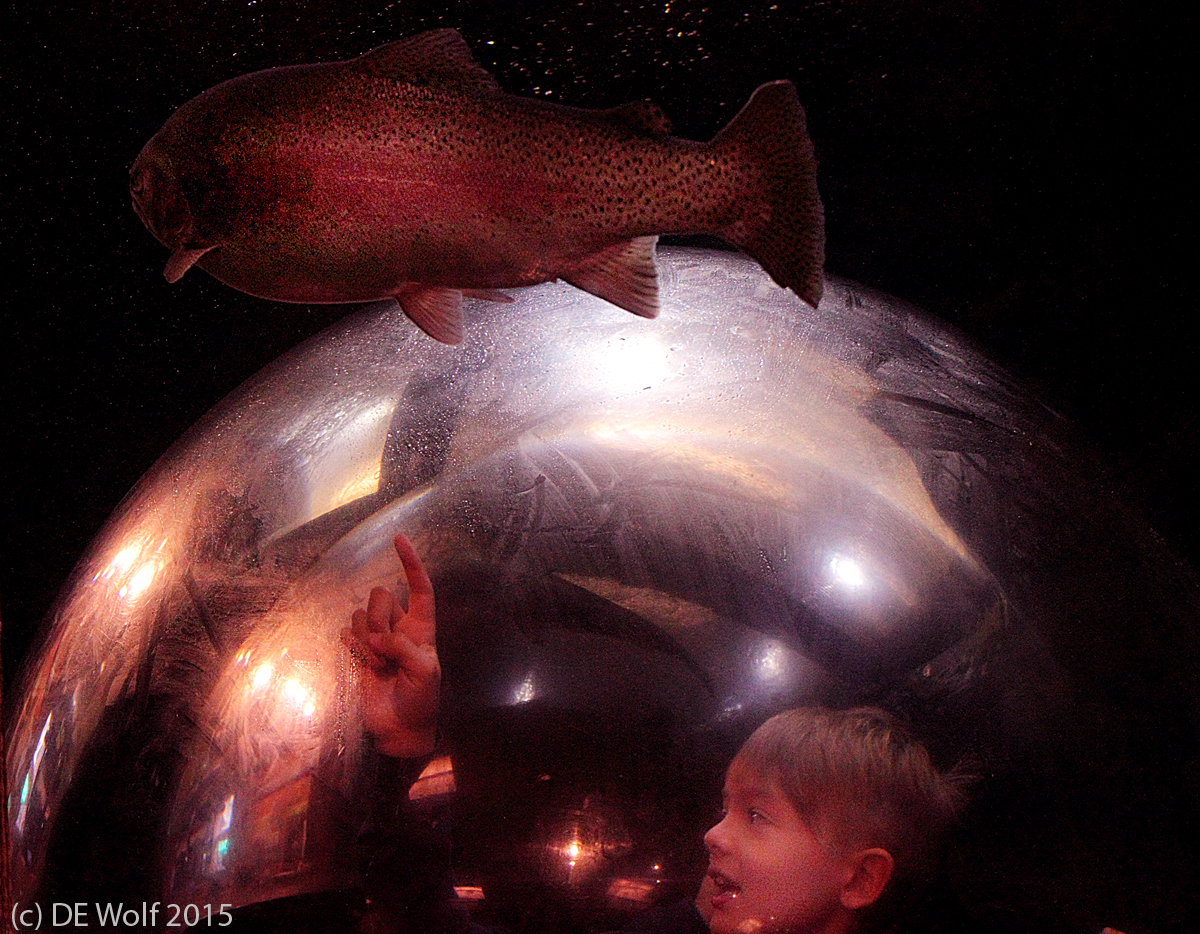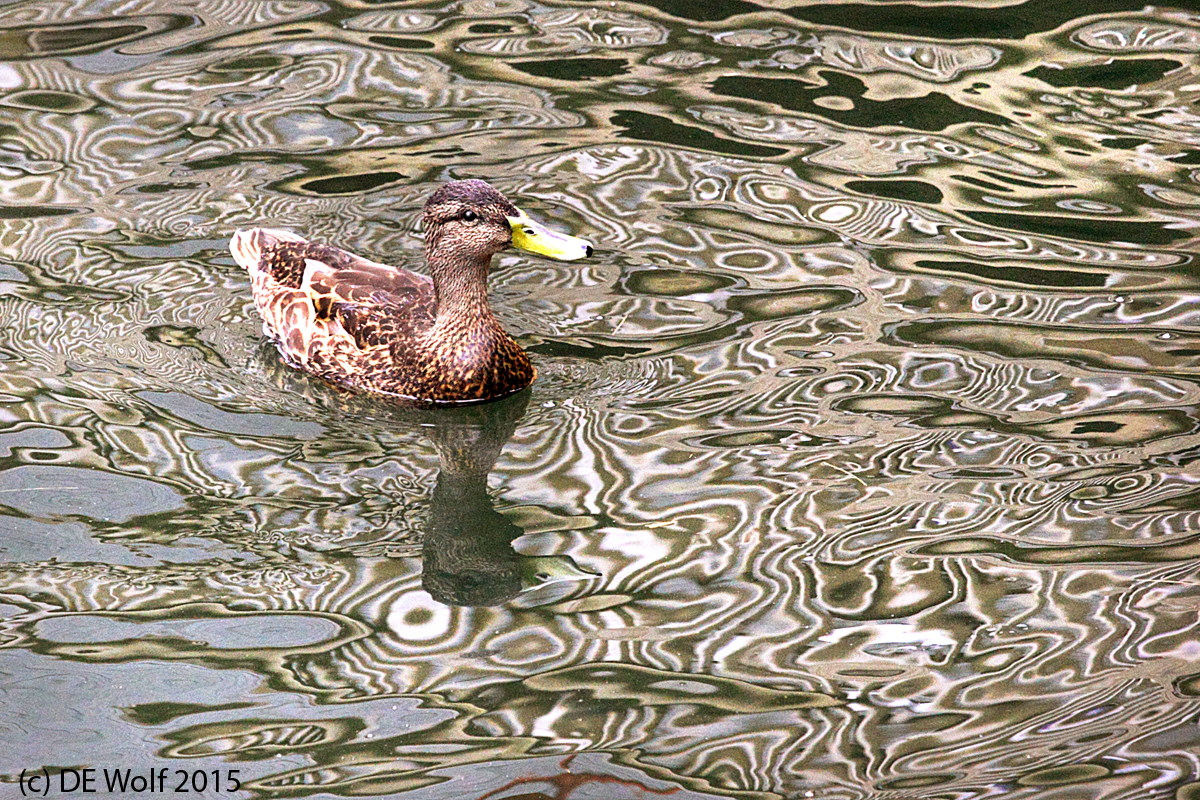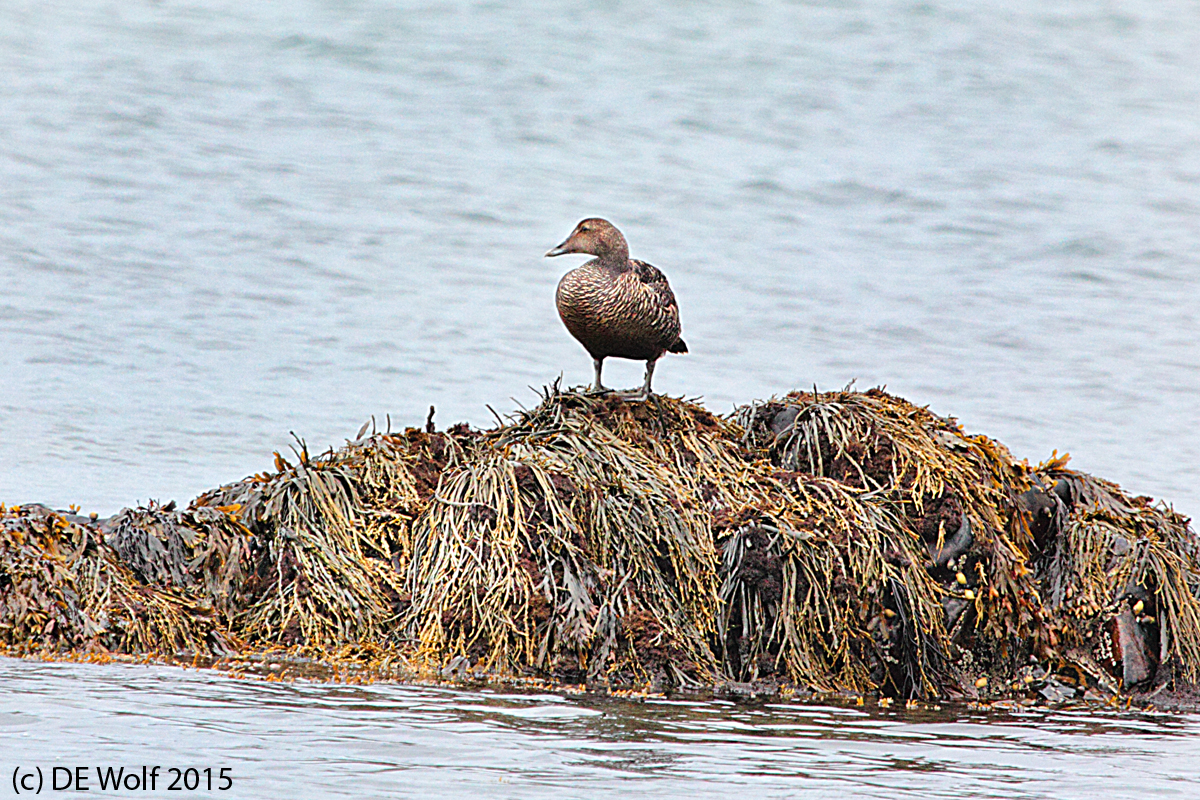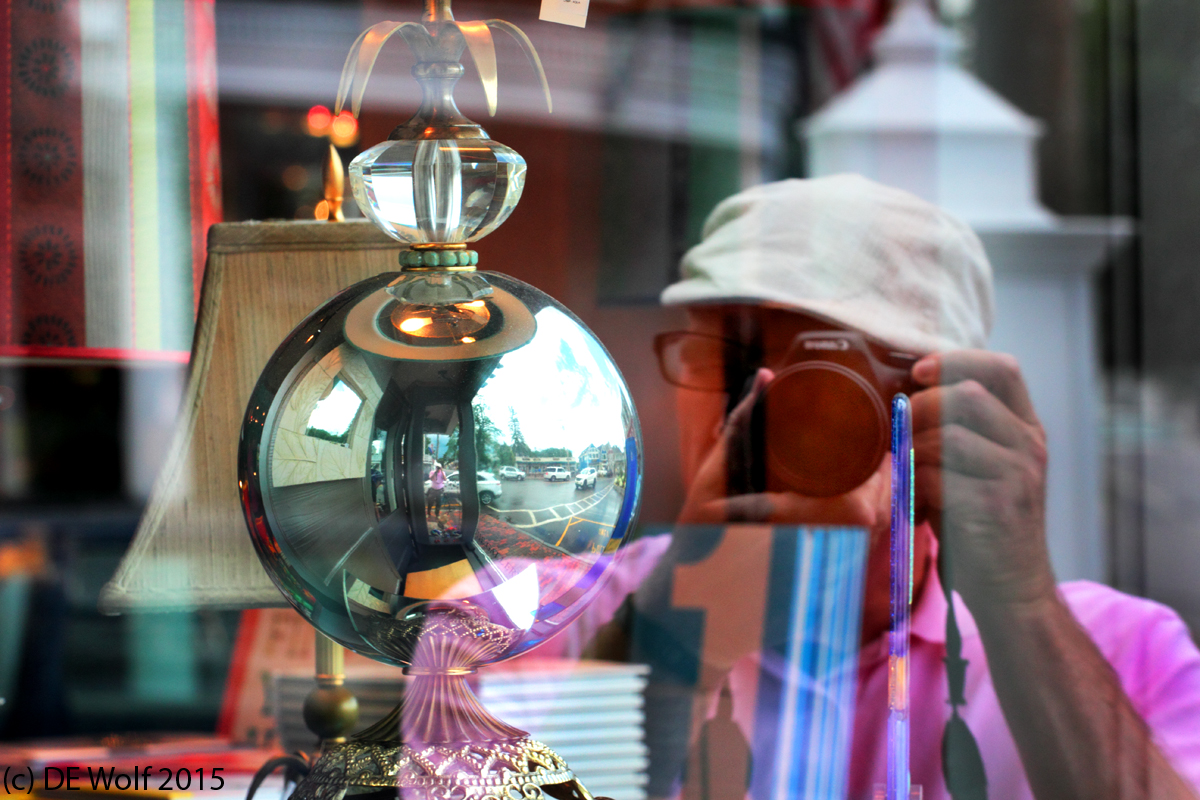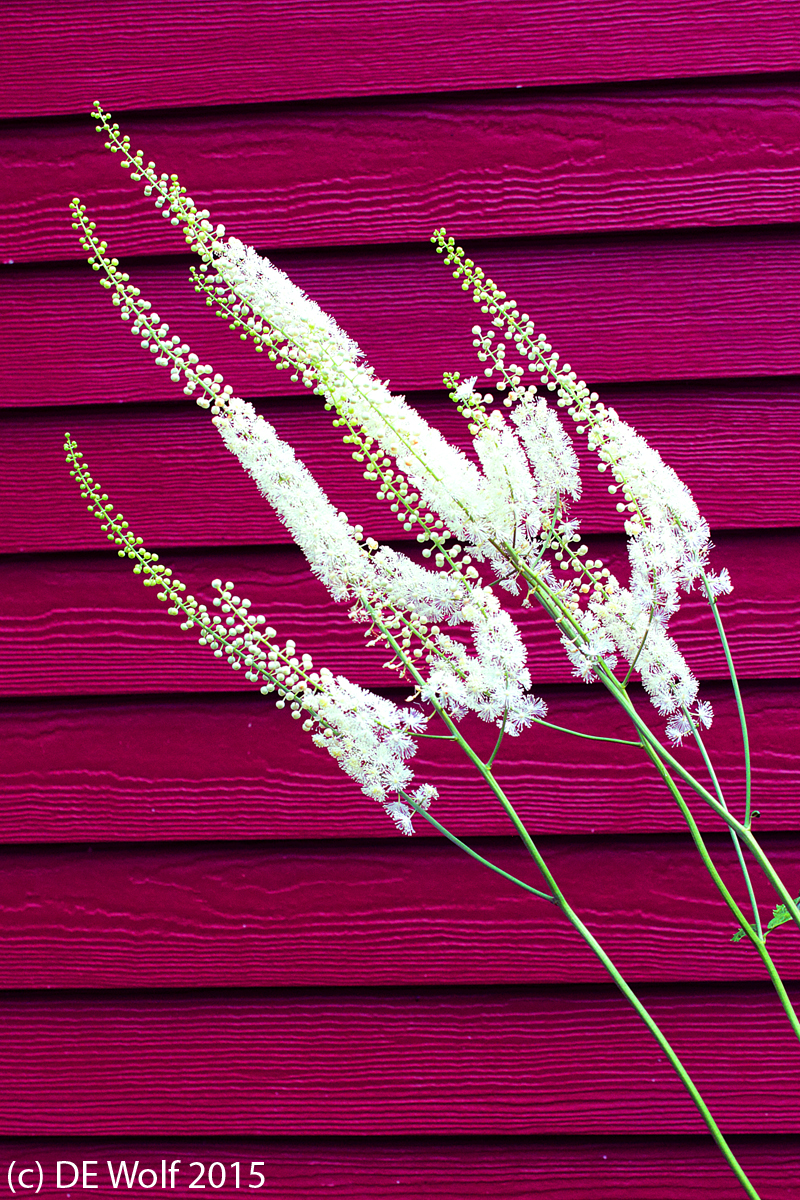Something important happened yesterday, a rare good moment, and I started to wonder which photographs, fifty years from now, will commemorate it. The moment was the publication in the British medical journal “The Lancet” of preliminary results of the successful testing of the VSV-EBOV vaccine against Ebola virus. Development of this vaccine was begun by the Public Health Agency of Canada and then developed by the pharmaceutical company Merck. It was a very long, grueling, and dangerous process.
These are heroes. When I was in high school and college, people who applied to medical school had to write an essay about “Why I want to go to medical school.” Probably they still do. A common answer in those days was “I realized that I wanted to become a doctor when I read Sinclair Lewis’ Arrowsmith in high school. Arrowsmith tells the tale of a bright and scientifically minded Martin Arrowsmith as he makes his way from a small town in the American Midwest to become a leading physician and scientist. Along the way he puts himself in harm’s way, when he faces an outbreak of bubonic plague on a fictional Caribbean island. Over the years I’ve wondered how many of these same doctors would live up to the standards of Lews’ hero and put themselves selflessly in harm’s way. And I have to say that I know several medical doctors who do that. These are heroes.
Today when I meet someone who says he or she wants to go to medical school, I ask them if they’ve read Arrowsmith. They look at me blankly and shake their heads. Such is the degradation of American literacy.
I think and hope that the world will long note and long remember these heroes of the Ebola war, who faced not only a deadly disease but in many cases the dangers of armed conflict for the sake of humanity. So I celebrate them.
As for which photographs will become mimetic or iconic, for now I will have to go with one from the the MSP that I saw yesterday on the BBC News.

